Knives have been an essential tool for humanity throughout history, evolving alongside cultures, cuisines, and practical needs. Currently, the world of knives encompasses a vast array of styles and uses, particularly evident when analyzing the regional variations in knife use. One cannot overlook the popularity and versatility of Pocket Knives, symbols of practicality and craftsmanship. This article delves into how knife styles vary across the globe and how these differences reflect cultural significance, preferences, and utilitarian needs.
The Global Landscape of Knife Styles
From hunting in the wilderness to culinary arts in modern kitchens, knives serve numerous purposes. Each region of the world boasts its own distinctive knife designs, which have been shaped by historical, environmental, and cultural factors. Understanding these regional variations provides insight into how knives have evolved over time and their current significance in various communities.
European Knife Traditions
Europe, with its rich history of craftsmanship, is home to several iconic knife styles. Countries like France, Germany, and Italy have brought unique knife designs to the forefront, adapting their functionalities to meet specific needs.
- French Laguiole: Known for its elegance and historical significance, the Laguiole knife features a distinctive curved blade and a characteristic bee emblem. It embodies French craftsmanship and is often used for dining and culinary purposes.
- German Chef's Knife: Famous for its robustness, this knife is a staple in kitchens around the world. The precision and balance allow chefs to handle a variety of tasks, from chopping vegetables to slicing meats, showcasing functionality and quality.
- Italian Pakkawood Knives: These knives combine beauty and utility, often adorned with decorative designs. They are popular in both domestic kitchens and professional culinary environments, emphasizing style alongside performance.
Asian Knife Use and Culture
Asian knife traditions vary significantly, influenced heavily by culture, culinary practices, and available materials. From Japan to China, the importance of knives in food preparation is woven into the fabric of each society.
- Japanese Gyuto: Often regarded as the all-purpose knife in Japanese cuisine, the Gyuto is akin to the Western Chef's Knife but with a sharper edge. Japanese craftsmanship emphasizes the blade's balance and quality, making it a desired tool in gourmet kitchens worldwide.
- Chinese Cleaver: Contrary to what the name might suggest, this knife excels in multiple roles, from slicing to chopping. This tool is essential in Chinese cooking and reflects a practical approach to food preparation.
- Indian Masala Dabba Knife: In India, the masala dabba (spice box) is iconic, and the accompanying knife reflects the rich culinary heritage. Indian cooking relies on spices, and the implementation of various knives becomes key in intricate food preparation processes.
American Innovation and Versatility
The United States has fostered numerous knife styles originally influenced by European and Asian designs, but through innovation and necessity, it has developed its own identity in knife craftsmanship. Among these, Pocket Knives stand out as a quintessential American style, merging utility with portability.
- Traditional Folding Knives: Known for their practicality, traditional pocket knives in the U.S. emphasize compactness and convenience. Whether for everyday carry or outdoor adventures, these knives serve multiple purposes while showcasing an individual's personality.
- Survival Knives: Designed for extreme conditions, American survival knives reflect the spirit of exploration and preparedness. These rugged tools often come equipped with additional features like serrated edges and fire starters, appealing to enthusiasts of outdoor pursuits.
- Custom Knives: The American knife-making community is vibrant, with artisans creating bespoke knives that are both functional and artistic. This craftsmanship reflects personal style, making these knives prized collector items.
Understanding Knife Etiquette around the World
With regional variations in knife styles also come unique cultural practices and etiquette. Understanding the cultural context around knife usage can enhance appreciation for these tools, guiding how one might engage with them.
Eating Etiquette
In many cultures, how knives are utilized at the dining table speaks volumes about etiquette and tradition. For example:
- In France, it is common to use the knife to assist the fork, emphasizing a level of sophistication in dining styles.
- In Japan, the use of a knife at the table is traditionally less common, with chopsticks preferred and often included knife skills are reserved for food preparation.
- In the United States, knives are used alongside forks during meals, promoting a more casual approach to dining.
Practical Usage in the Outdoors
Different regions adapt to their environmental needs with specific knives for outdoor activities. For instance:
- In Scandinavian countries, functional designs are prevalent, often compact and multi-functional, catering to hiking, foraging, and other outdoor needs.
- In Australia, bushcraft knives are favored among outdoor adventurers, focusing on resilience and versatility for survival, camping, and hunting.
- The Brazilian culture often emphasizes the use of knives in traditional BBQs, where the skill and size of the knife become paramount in preparing an authentic churasco.
The Rise of Global Knife Enthusiasm
In today’s globalized world, the enthusiasm for knives transcends regional boundaries. People appreciate styles, craftsmanship, and functionality from various cultures. As a result, communities come together to share knowledge, skills, and experiences surrounding knife use.
Knife Collecting as a Growing Hobby
Knife collecting has emerged as a popular hobby, uniting enthusiasts from diverse backgrounds. Collectors often seek unique knife designs, including regional styles that capture the craftsmanship and stories behind each tool.
- Many collectors focus on historical knives that represent traditional craftsmanship, seeking authenticity and a connection to the past.
- Others might delve into limited edition or artistically crafted knives, appreciating how individual artisans express their culture and experience.
- Some collectors even focus on unique Pocket Knives, recognizing the creativity and personal touch that often defines these compact tools.
Online Communities and Maker Markets
Online platforms have become vibrant spaces for exchanging knowledge about knife use and styles. Social media groups and forums create opportunities for collaboration and sharing tips regarding maintenance, usage, and even design.
Moreover, online marketplaces allow artisans from various parts of the world to showcase their regional specialties, connecting them with customers who share their passion. Through these relationships, a broader appreciation for diverse knife styles is cultivated.
Why Understanding Regional Variations Matters
Individual preferences for knife styles and uses are often influenced by culture, cuisine, and practical needs. However, understanding these regional variations enhances our connection to these tools. It encourages respect for cultural traditions, promotes ethical sourcing and manufacturing, and fosters appreciation for the craftsmanship put into every piece.
Promoting Sustainable Practices
With an increasing focus on sustainability in knife production, consumers are encouraged to choose products made ethically. Understanding the backgrounds of specific styles can lead to informed purchasing decisions, benefiting artisans and local communities worldwide.
Encouraging Cultural Exchange
By recognizing the significance behind various knife styles, one can engage more deeply in cultural exchanges, creating shared experiences and fostering respect. Whether through culinary exploration, outdoor activities, or crafting conversations, knives serve as a bridge between diverse cultures.
Final Thoughts: A Journey Through Steel and Style
As we’ve explored, regional variations in knife use and styles showcase a rich tapestry crafted by history, culture, and innovation. From functional tools to culinary masterpieces, knives have evolved to beauty and practicality, reflecting the needs of their users. The world of knives is vast, and with each style tells a unique story that binds us all through craftsmanship and shared purposes. Embrace this journey and discover the beauty behind every blade.
Embark on a journey through the Shopify store of another user. Click here to visit their store. Please note that this is a promotional link, and we do not guarantee the content of the linked store.








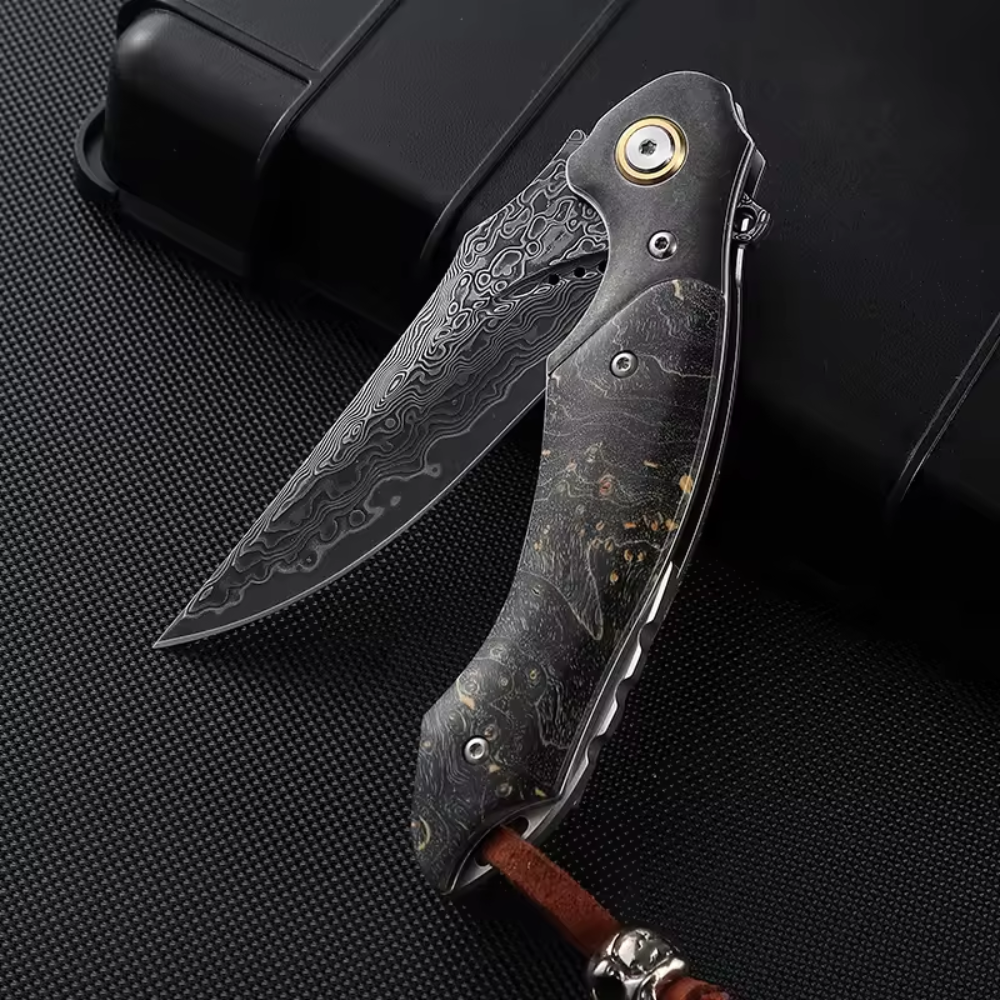
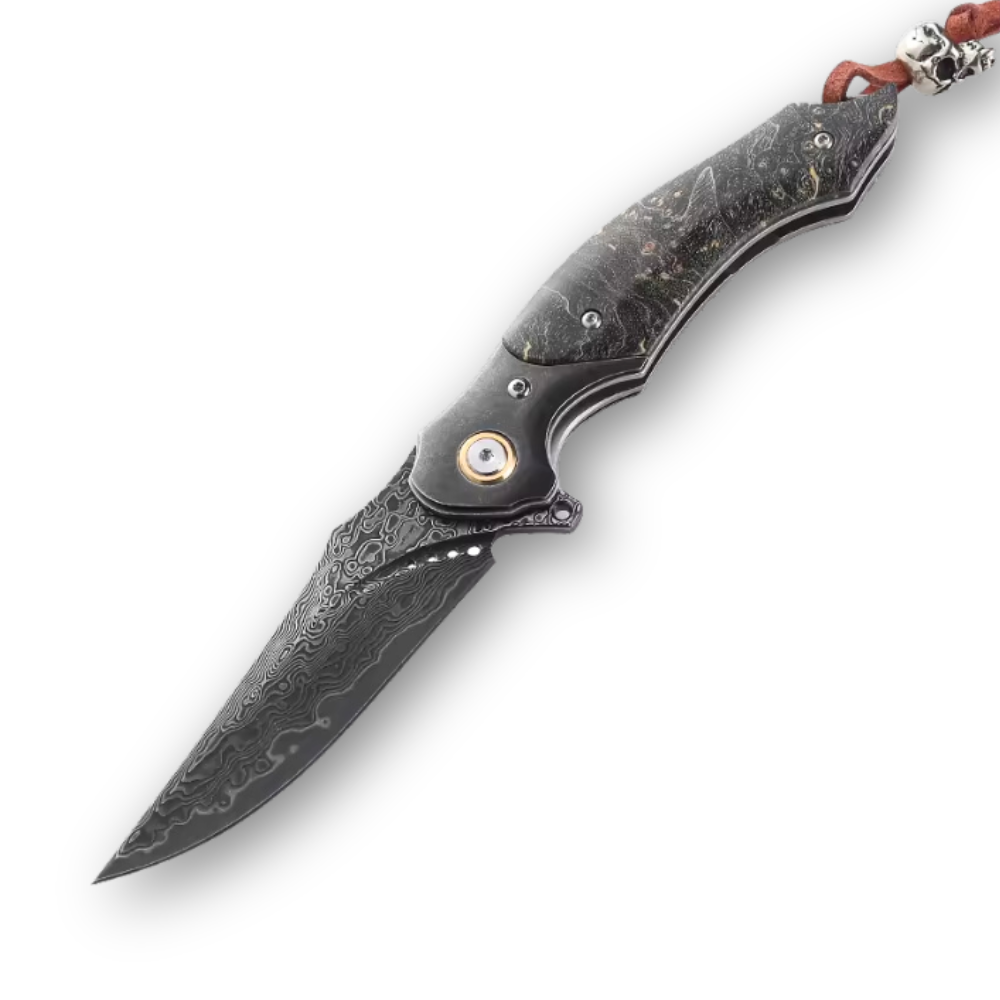
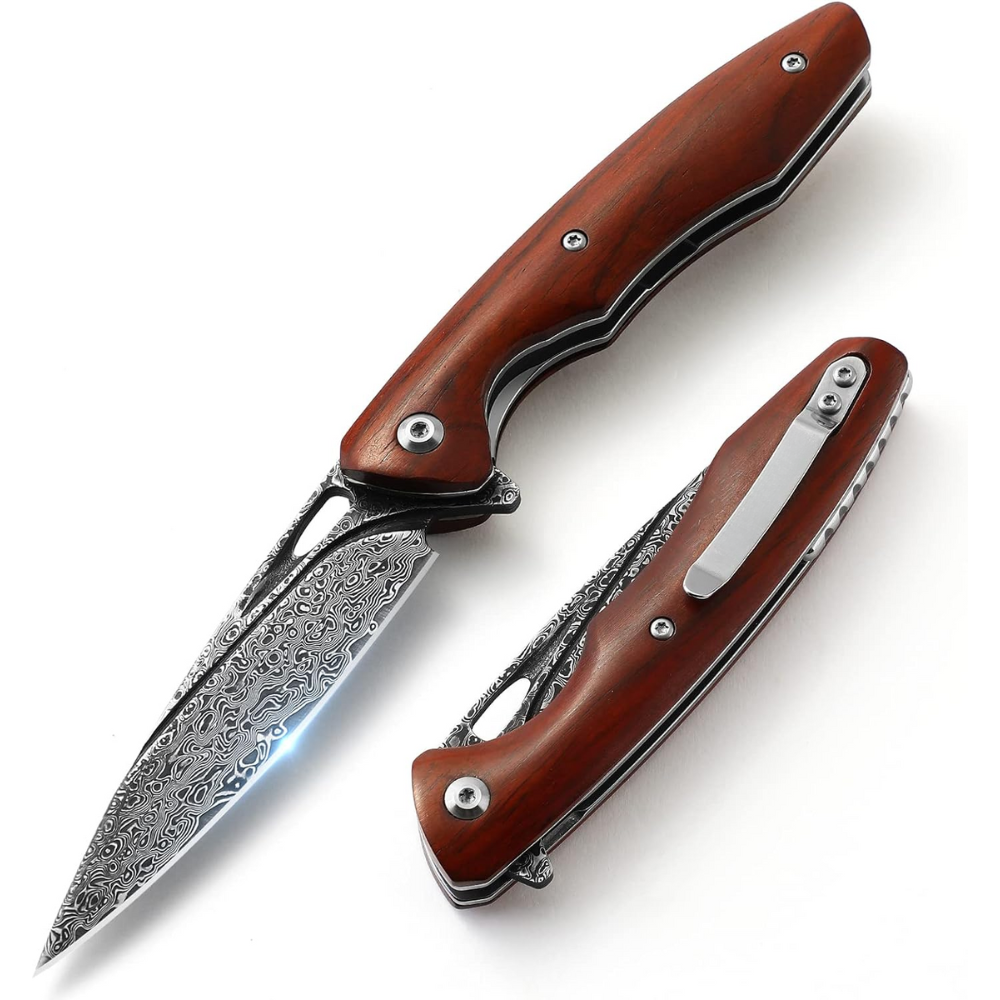
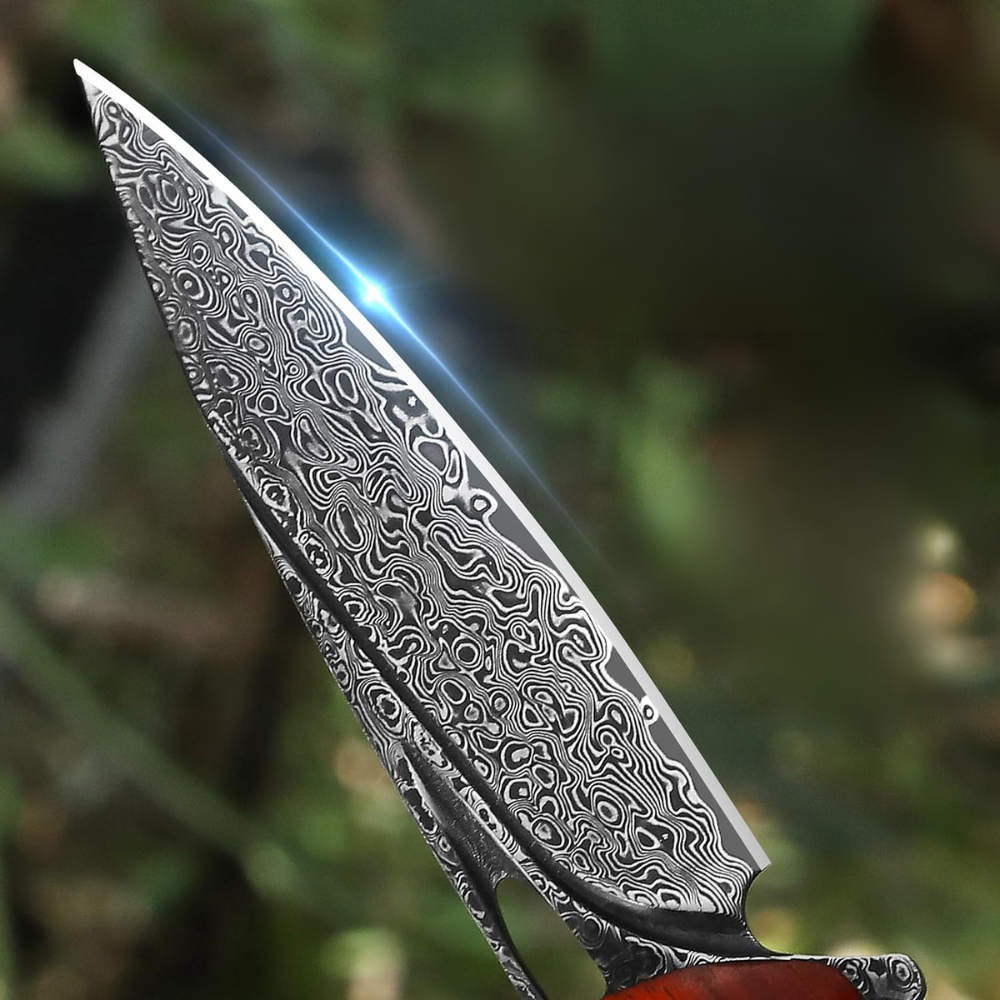








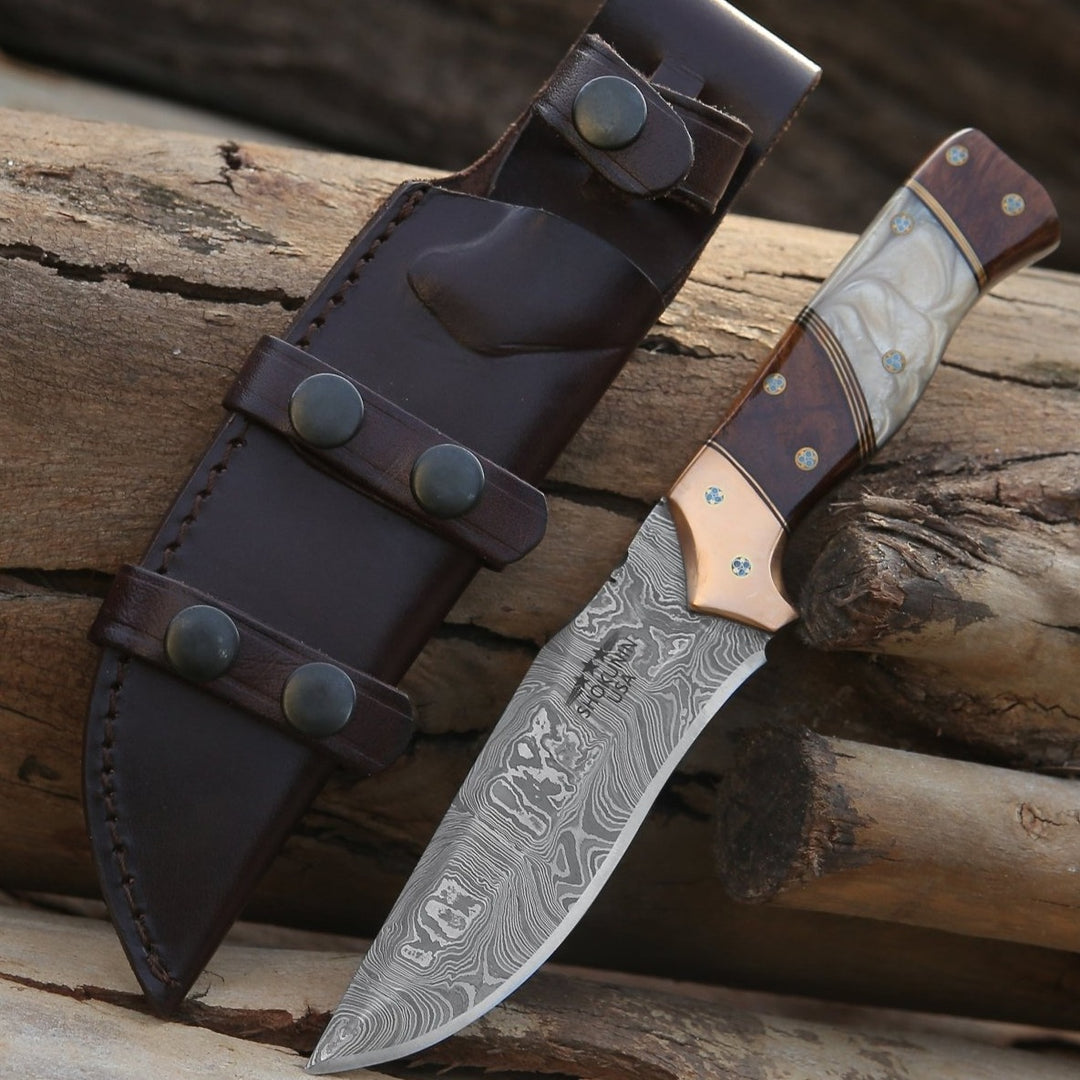
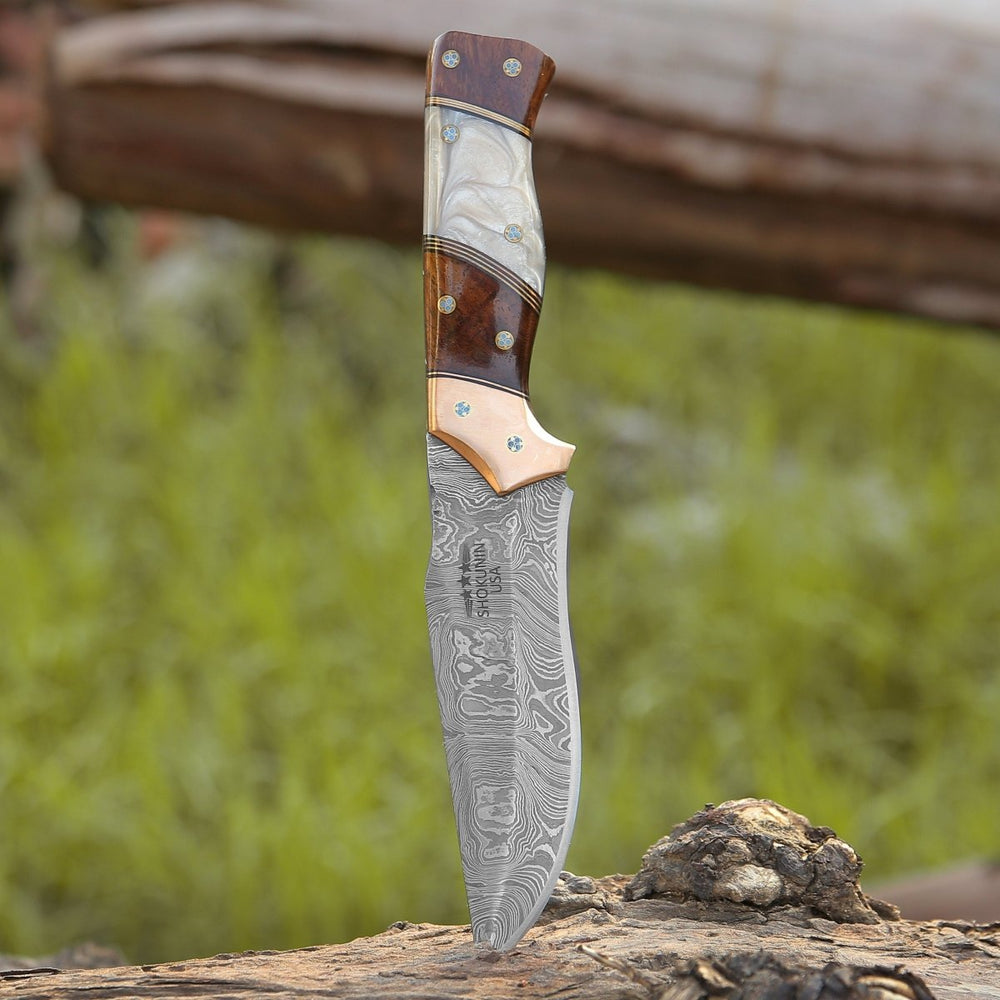


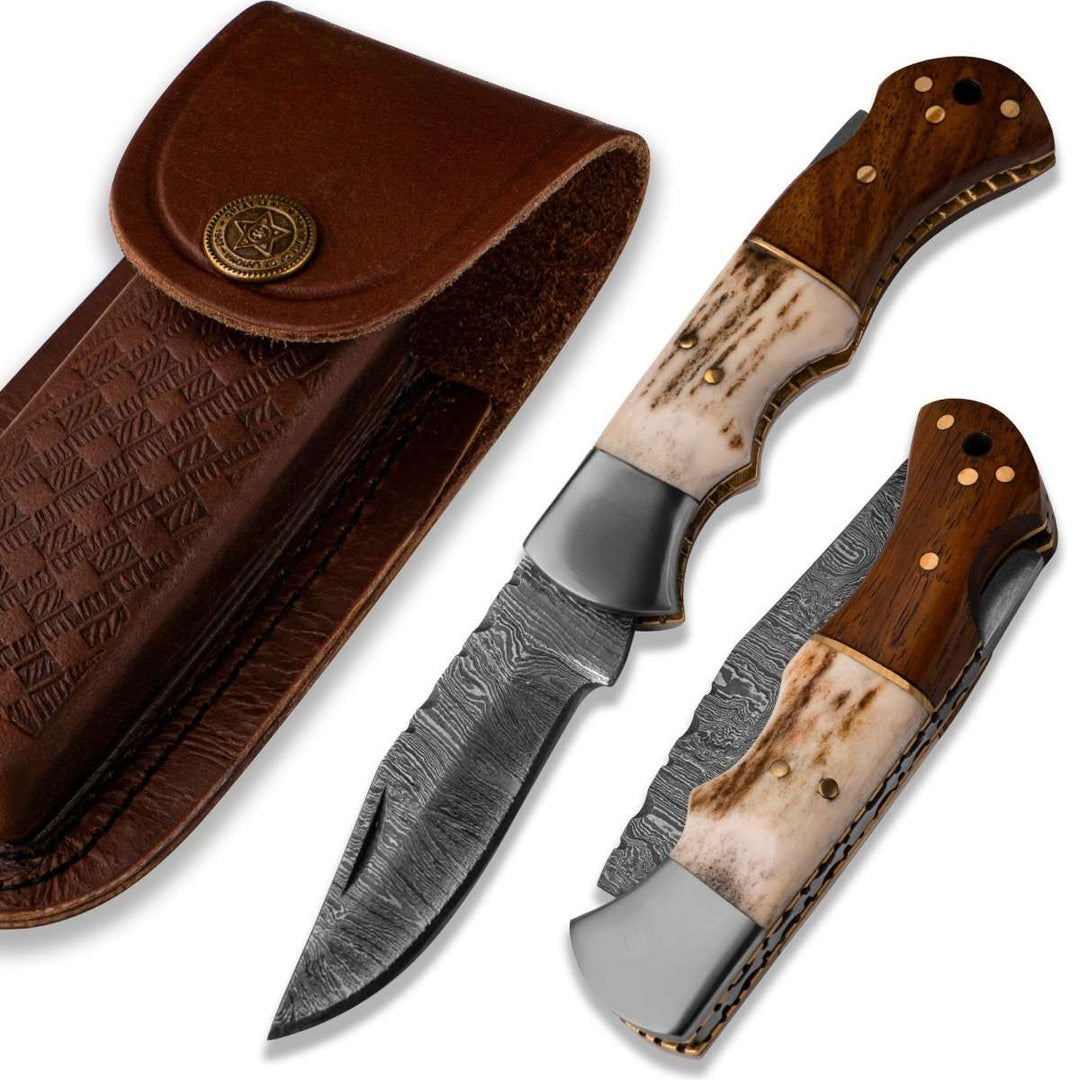
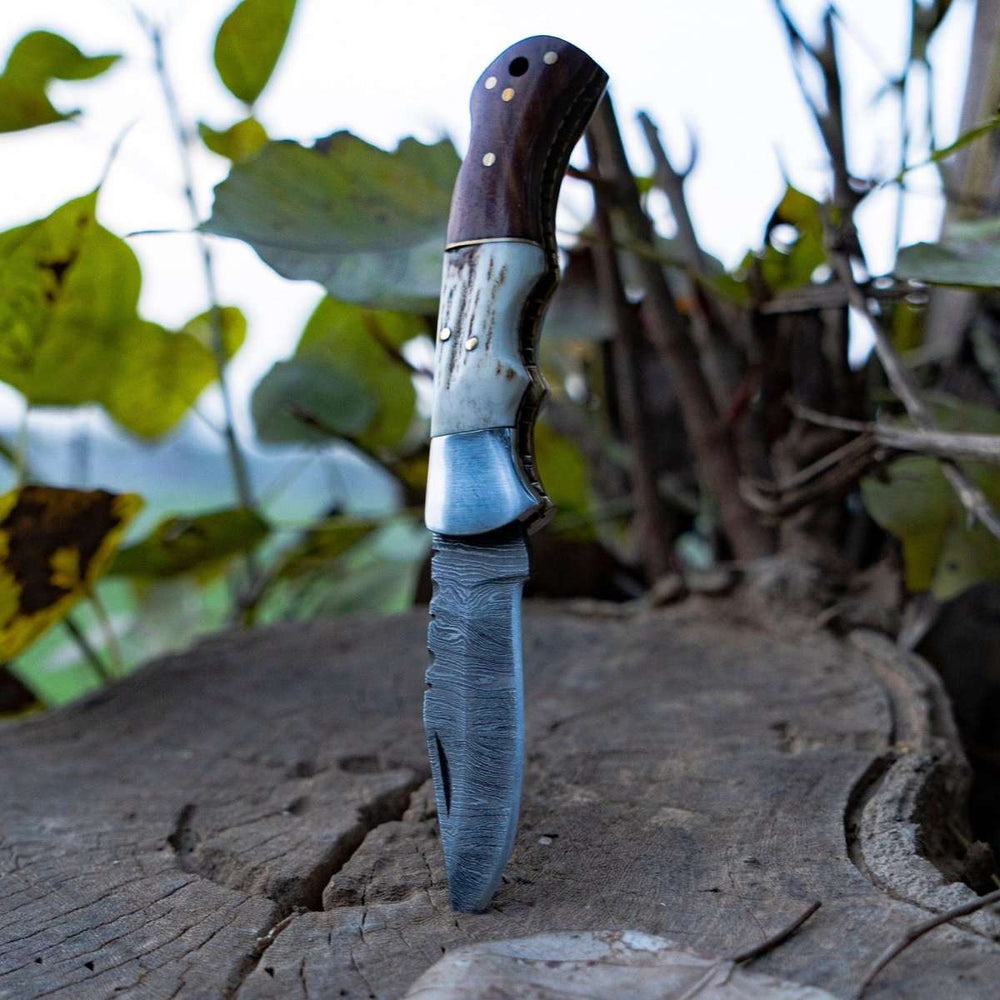




Leave a comment